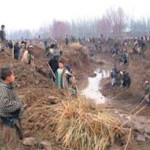
Major irrigation rehabilitation projects in Baghlan and Kunduz, Afghanistan have contributed to communities that are excited about their prospects for the future. USAID rehabilitated three major rural irrigation systems and returned more than 300,000 hectares of cultivated land to full irrigated production. This included de-silting and widening irrigation canals, repairing and replacing water intakes, canal banks, protection walls, turnouts, and sluice gates. In general, the completed projects are providing a reliable source of water for irrigation which has the potential to double the regions’ crop yields.
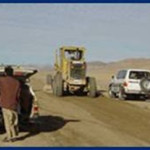
USAID completed the rebuilding of Afghanistan's national road system (also known as the "Ring Road") which links its two largest cities and economic centers.
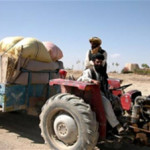
Recent floods have put deep scars in the land along the roads in Afghanistan. Large stones and huge gashes - two or three feet deep - run from the nearby hills through the farmland, tracing the flood’s path. Compounded with the devastation of war, development experts also cite erosion and lack of quality workmanship as major factors for Afghanistan’s poor road system. In addition, the community’s duty to provide regular maintenance to the roads have been overlooked.
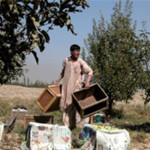
Sixty-four-year-old Habiabdul Habib and his family returned to their home in Paghman from Pakistan five years ago after spending twelve years living as refugees while their home was destroyed by Taliban and Northern Alliance fighters. But when they returned home to Afghanistan they met another foe: drought.
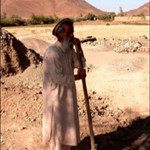
In a landlocked country where only 12 percent of the land is arable, irrigating land is limited to three options: canals fed by river and rain, a natural spring, or the ancient underground aquifer known as karez. For the farmer fortunate enough to cultivate a sliver of the available 78,240 hectares of Afghan land, only an estimated 20 to 40 percent of canal-irrigated land was available for harvest in 2002 due to insufficient seed and water for irrigation. “For only two months each year, the canal is full of water from the Pulealam River,” says 45-year-old Mohammed Shah. “That’s ten months without water, including the entire summer.








Comment
Make a general inquiry or suggest an improvement.